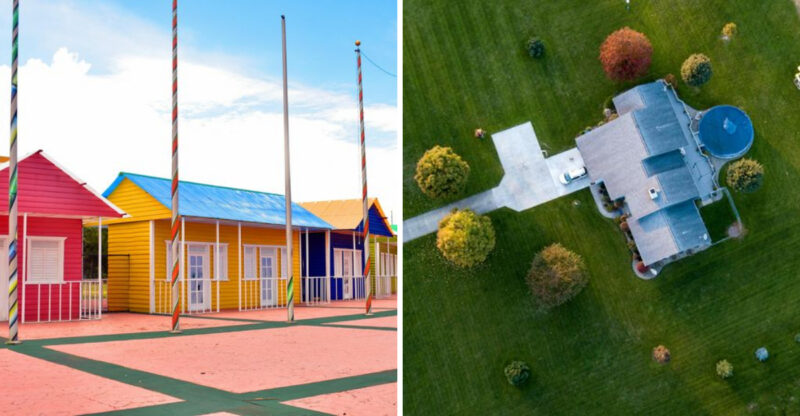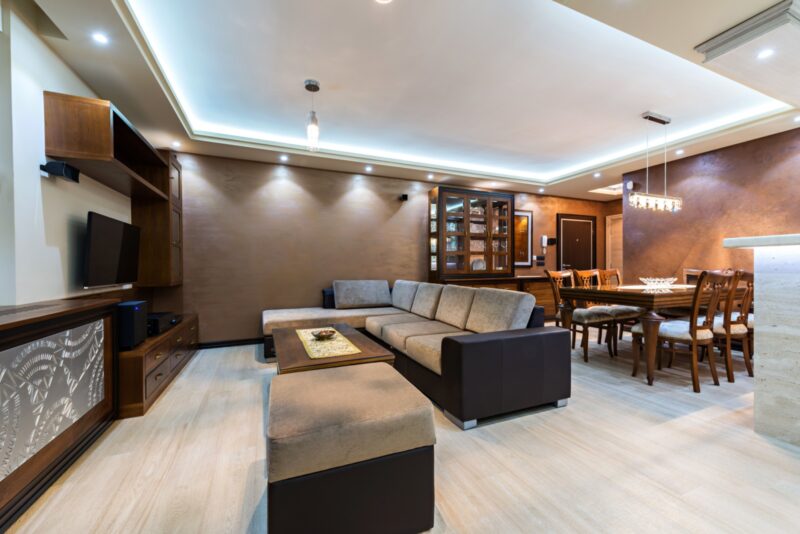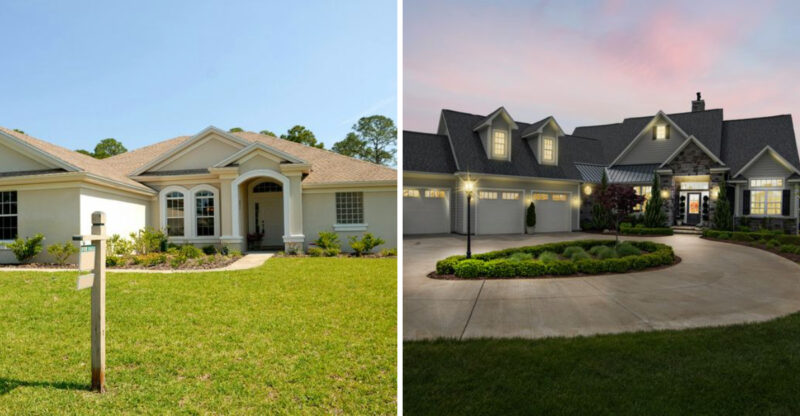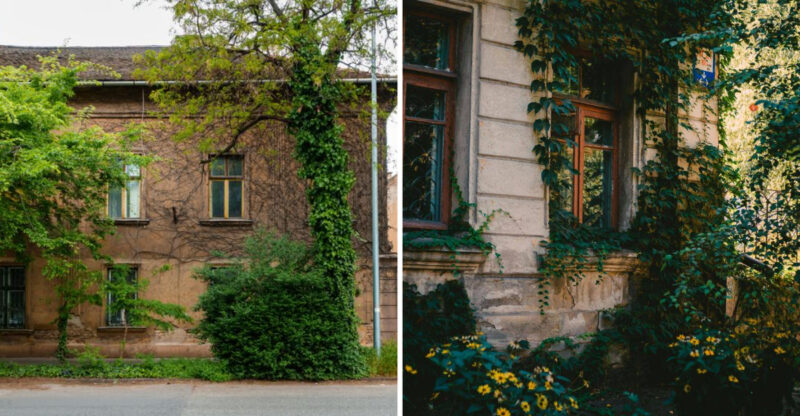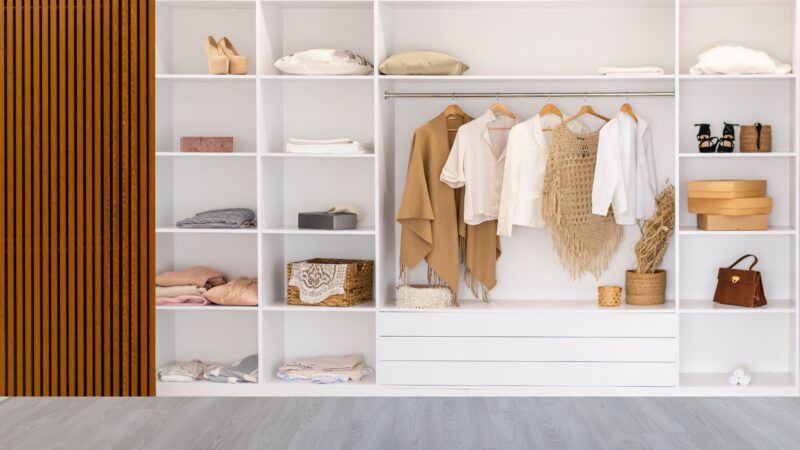5 Innovative DIY Homes That Could Inspire Greener Choices
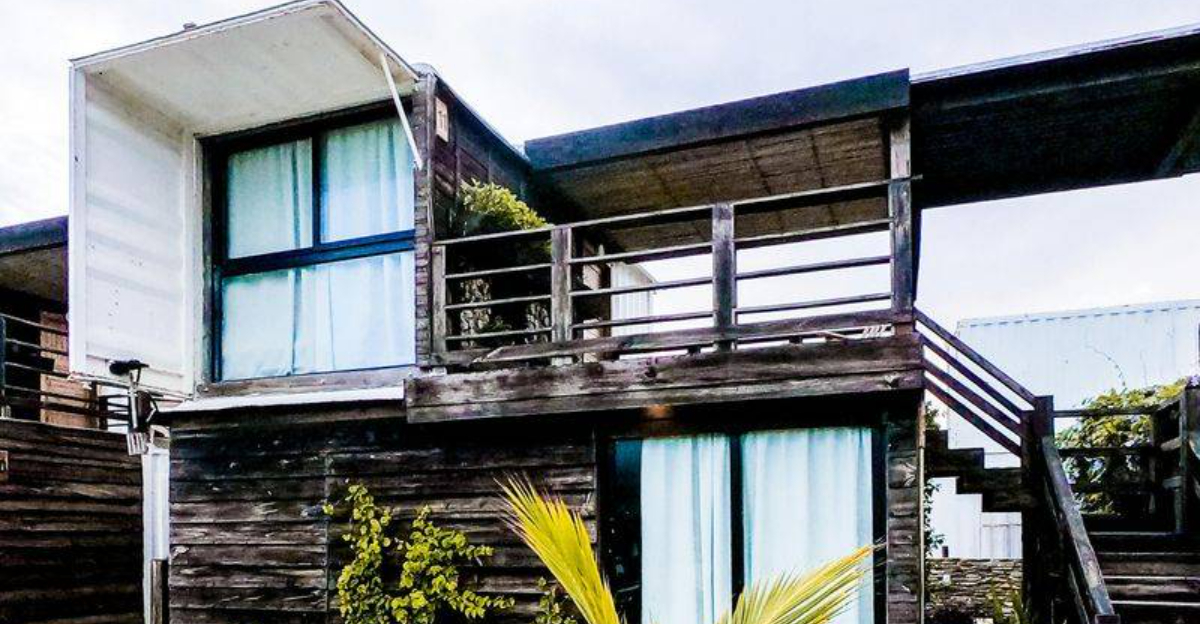
Have you ever wondered how your living space could be more environmentally friendly? Around the world, inventive homebuilders are discovering clever ways to reduce their carbon footprint through creative housing designs.
From repurposed shipping containers to homes powered entirely by solar energy, these DIY projects demonstrate that sustainable living can be both stylish and comfortable. While results and costs may vary depending on location and resources, these ideas offer inspiration for anyone looking to make greener choices at home.
1. Reclaimed Wood Wonders
Old barns, factories, and demolished buildings provide a treasure trove of character-rich wood that’s perfect for creating unique homes. I’ve seen stunning examples where weathered planks form walls that tell stories of the past while preventing more trees from being cut down.
The beauty of reclaimed wood homes lies in their imperfections. Nail holes, saw marks, and natural patina give each board distinctive character impossible to replicate with new materials.
Beyond aesthetics, these homes significantly reduce construction waste and often incorporate other salvaged materials like vintage windows or doors. Most builders report saving 30-50% on lumber costs while creating structures that are environmentally responsible and architecturally fascinating.
2. Pocket-Sized Solar Havens
Tiny houses with solar panels represent the perfect marriage of minimalism and renewable energy. These compact dwellings typically measure under 400 square feet but pack impressive functionality into their small footprints.
The roof space, though limited, often provides just enough area for solar panels to power the entire home. Many owners report achieving complete energy independence, eliminating utility bills entirely while maintaining modern conveniences.
What makes these tiny solar homes truly remarkable is their mobility. Some are built on trailers, allowing owners to relocate without abandoning their investment in sustainable infrastructure. This combination of reduced consumption, renewable energy, and flexibility creates an appealing option for environmentally conscious individuals seeking simpler living.
3. Cargo Container Transformations
Did you know that millions of shipping containers sit unused in ports worldwide? Creative homebuilders are transforming these steel boxes into surprisingly comfortable living spaces. The industrial aesthetic appeals to many, while others completely disguise the container origins with creative finishes.
Each container provides about 320 square feet of floor space, and they can be stacked or arranged in countless configurations. The structural integrity is impressive these containers are designed to withstand ocean voyages and carry tons of cargo.
Insulation presents the biggest challenge, as metal conducts heat and cold efficiently. However, spray foam, panel systems, and green roofs help overcome this hurdle. The result? Affordable housing that repurposes industrial waste while creating architectural statements that challenge conventional building approaches.
4. Straw Bale Sanctuaries
Straw bale construction transforms an agricultural byproduct into super-insulated walls that create cozy, energy-efficient homes. If you’re picturing the three little pigs, think again these structures are surprisingly sturdy and fire-resistant when properly built.
The bales form thick walls (typically 18-23 inches) that provide exceptional insulation, with R-values around R-30 to R-50. This means dramatic energy savings in both winter and summer. The interior plaster finish creates a unique aesthetic with gentle curves and deep windowsills.
Where this technique really shines is in regions with extreme temperatures. Homeowners report 80% reductions in heating and cooling costs compared to conventional construction. As an added benefit, the walls naturally filter air and absorb sound, creating peaceful interiors that feel remarkably solid and secure.
5. Wall-Climbing Garden Designs
DIY vertical gardens transform ordinary walls into living tapestries that improve air quality while maximizing growing space in small areas. These green installations range from simple pocket planters to elaborate hydroponic systems that automatically deliver water and nutrients.
The benefits extend far beyond aesthetics. Plants naturally filter indoor air pollutants, with some species removing up to 87% of volatile organic compounds within 24 hours. The soil and plants also provide natural insulation, reducing energy costs and dampening sound transmission between rooms or from outside.
Where vertical gardens truly excel is in urban environments with limited horizontal space. Even tiny balconies or window walls can become productive growing areas for herbs, vegetables, and air-purifying plants. Most systems can be constructed using recycled materials like plastic bottles, wooden pallets, or fabric shoe organizers, making this green upgrade accessible even on tight budgets.

